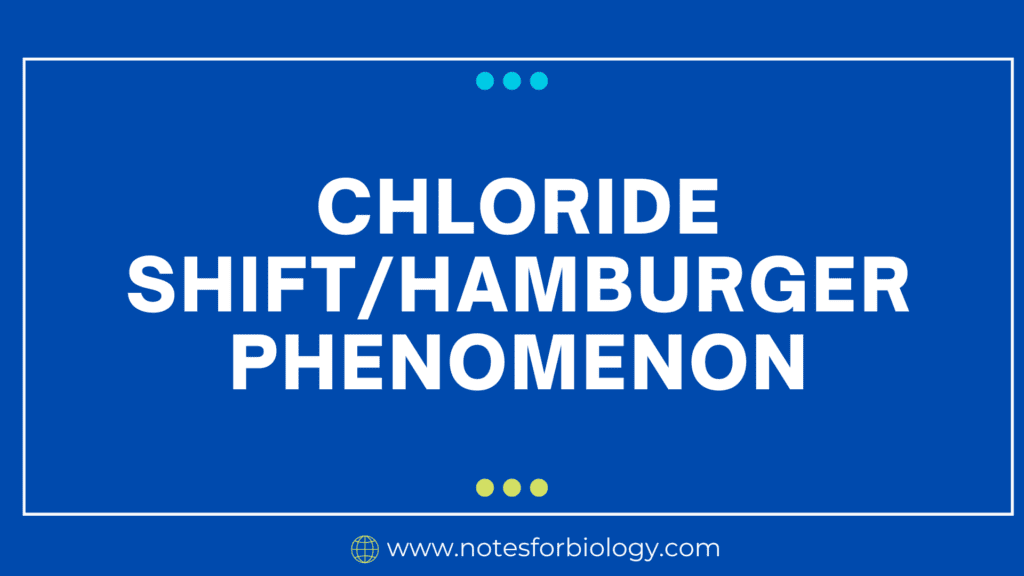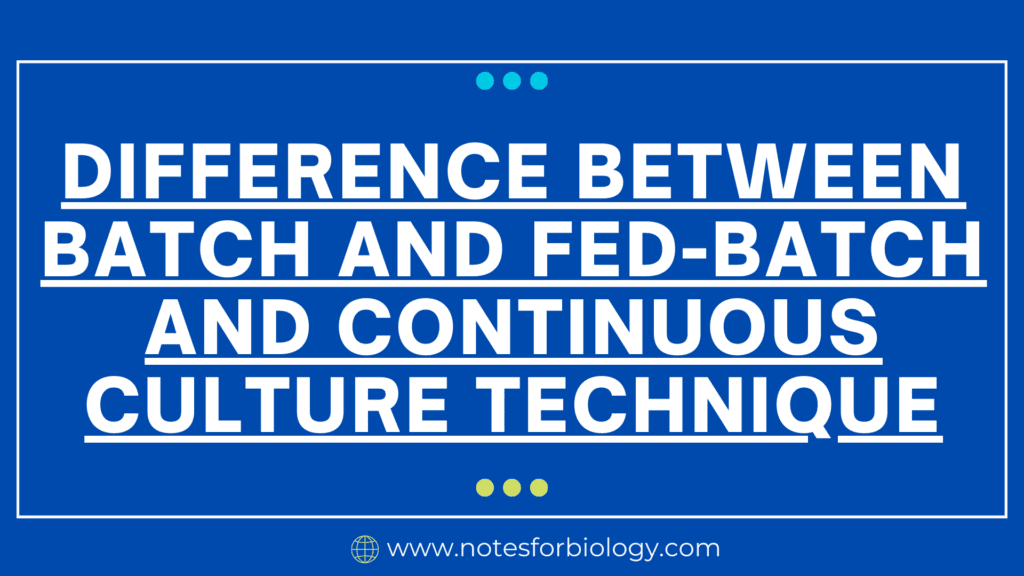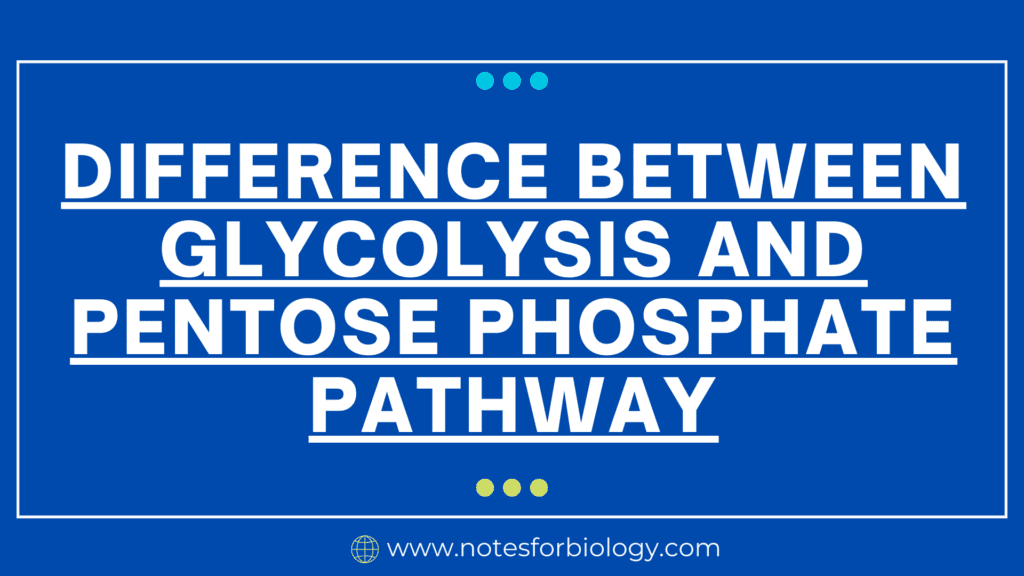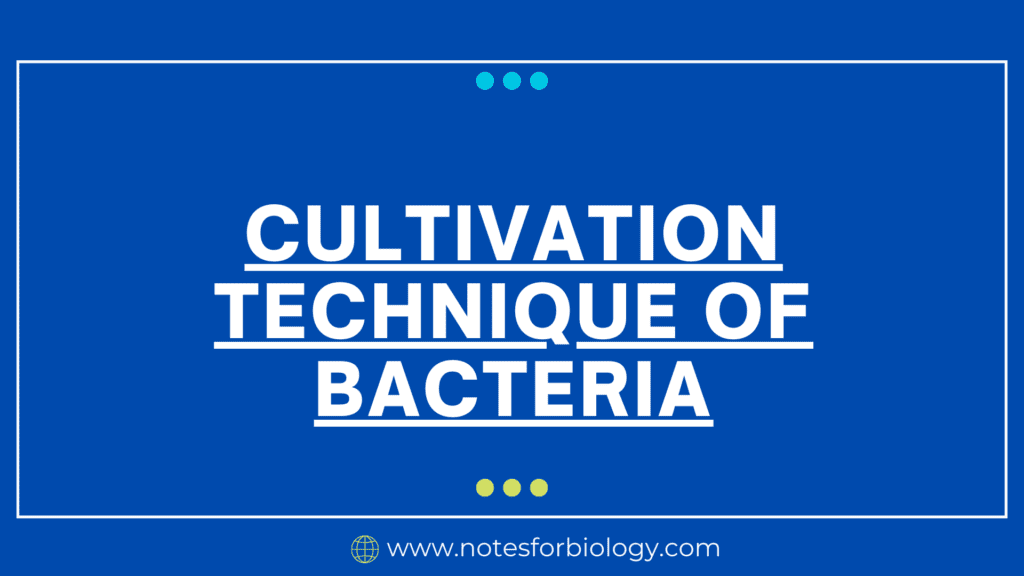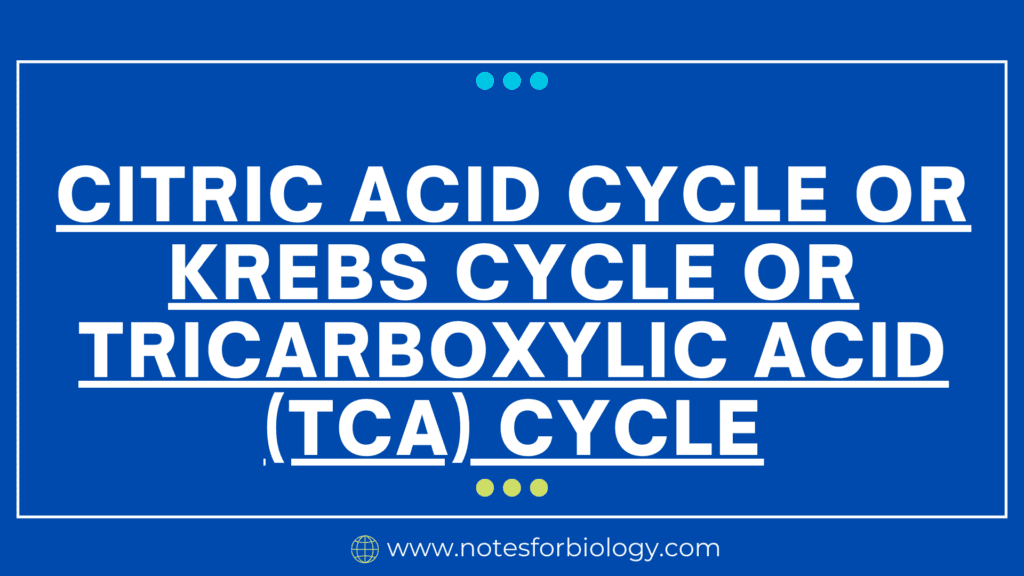Gram staining technique
Gram staining is a technique employed to categorize bacteria into two primary groups depending on their cell wall composition: Gram-positive and Gram-negative. Gram staining was initially created by a Danish researcher, Hans Christian Gram, in 1884. The primary purpose of the test is to observe how bacteria respond to a dye known as crystal violet, […]


